How to Spot a Future Classic: 𝔼𝕩𝕡𝕖𝕣𝕥 𝔹𝕦𝕪𝕚𝕟𝕘 𝔾𝕦𝕚𝕕𝕖
- Get link
- X
- Other Apps
Learn how to identify future classic cars before they boom in value. Discover key traits, expert insights, and tips to help you buy the right car today for tomorrow’s appreciation.
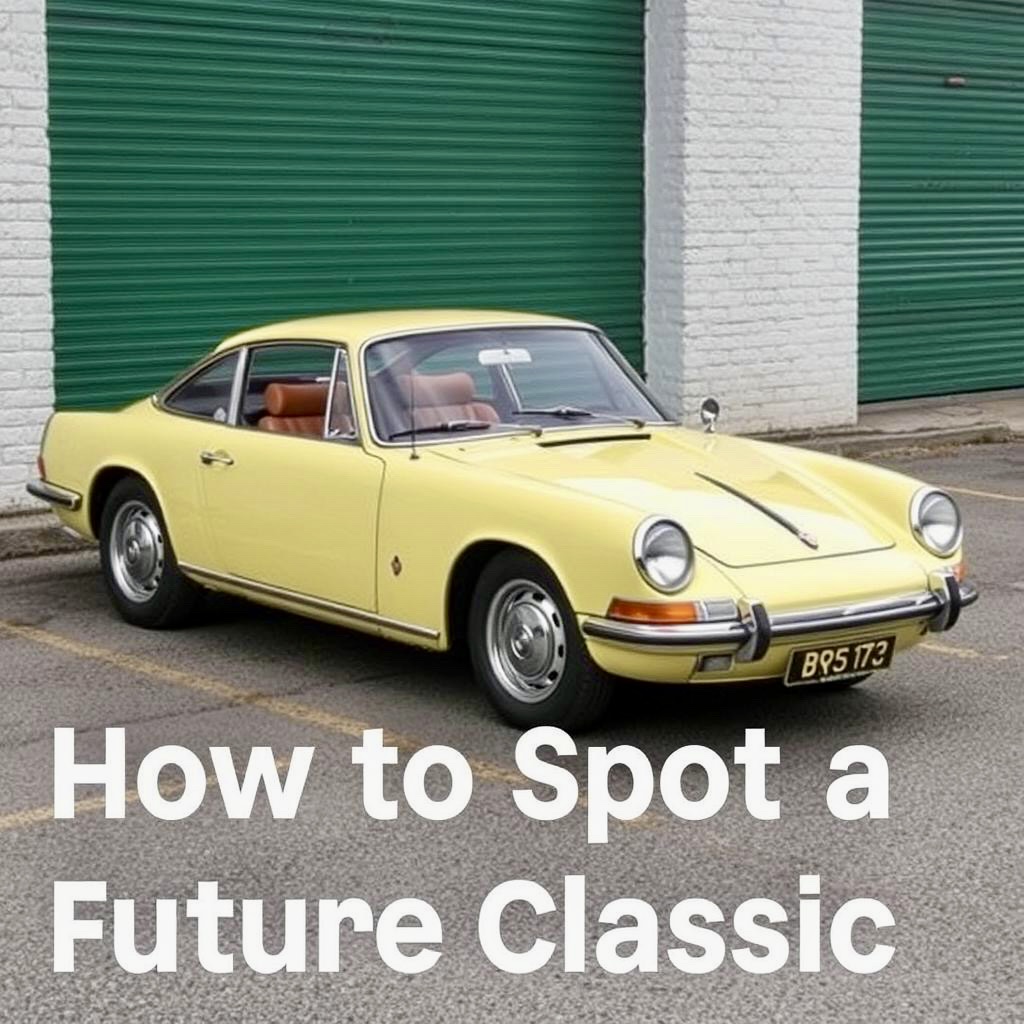
Introduction: The Allure of the Future Classic
Everyone dreams of discovering the next big thing—a car you can buy today for modest money that becomes tomorrow’s highly sought-after collector’s item. These future classics offer a unique opportunity to own a piece of automotive history before the masses catch on.
But how do you identify them before prices skyrocket?
This expert guide will walk you through what to look for, including market trends, design cues, production numbers, and cultural relevance. Whether you’re buying for passion, investment, or both, this is your roadmap to smart classic car buying.
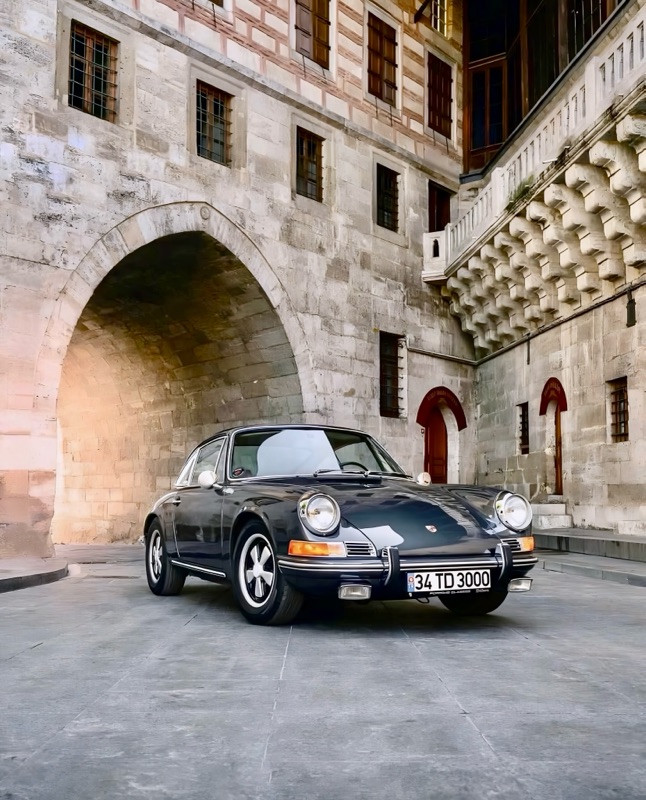
What Is a Future Classic?
A future classic is a vehicle that is currently undervalued or moderately priced but is expected to appreciate significantly over time due to its design, performance, rarity, or cultural impact.
These cars may not yet be recognized by mainstream collectors, but among enthusiasts, they’re already gaining a loyal following. Spotting them early can result in a highly rewarding investment—financially and emotionally.
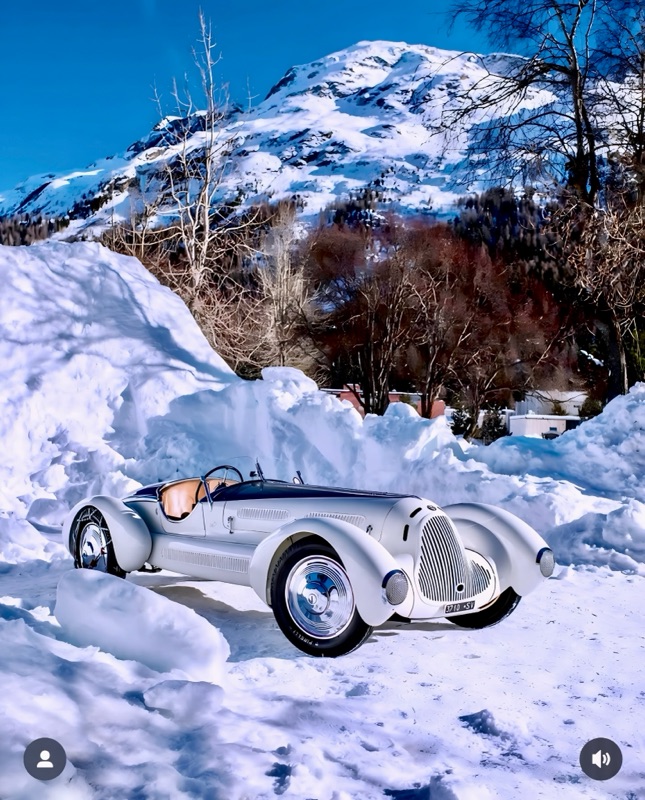
Key Signs of a Future Classic
1. Limited Production Numbers
Rarity drives collectibility. Cars with limited production runs, especially those discontinued before mass adoption, are more likely to become desirable. Bonus points if production was cut short due to regulations or market shifts.
✅ Example: 2009 Pontiac G8 GXP (Only ~1,800 units produced)
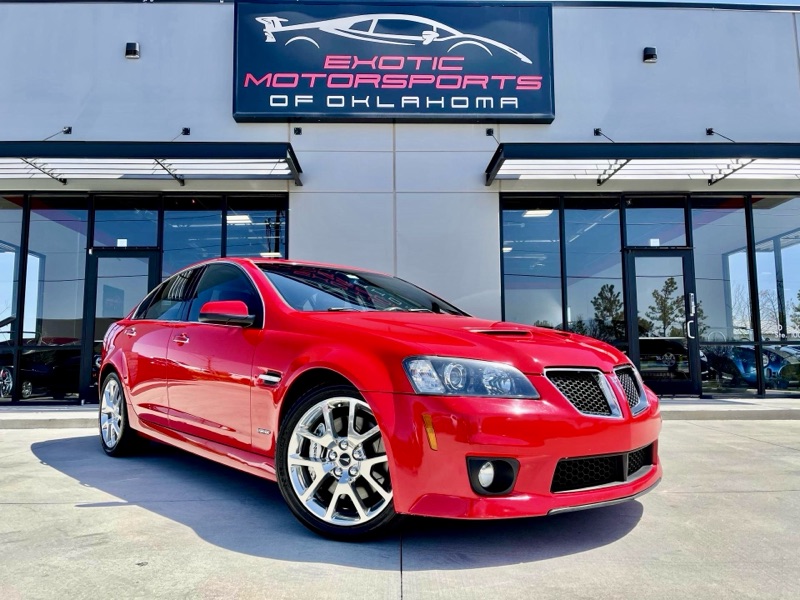
2. Unique or Iconic Design
Cars that break the mold—whether in terms of aesthetics or engineering—stand out. Unique design features like pop-up headlights, unusual proportions, or pioneering interiors often help a car age gracefully.
✅ Example: BMW Z3 Coupe (“Clown Shoe”) – Oddball looks, cult following.
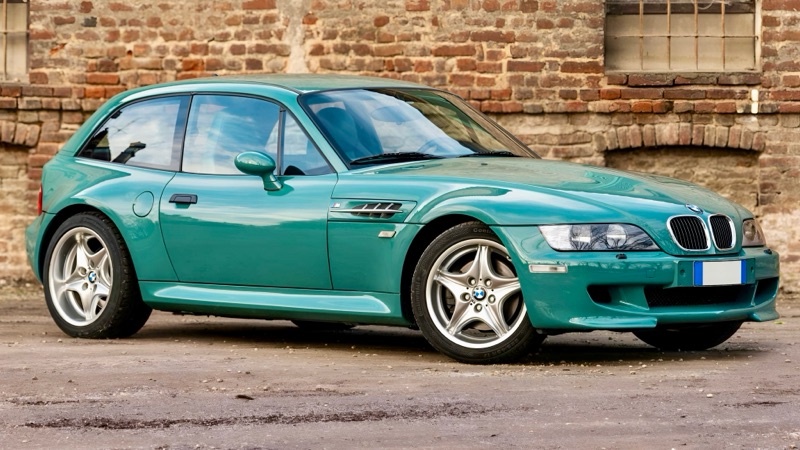
3. Motorsport Pedigree or Performance Heritage
If a car has roots in racing—or if its platform is shared with more expensive performance models—it may become collectible. Performance variants (like GT, RS, or Type R trims) tend to appreciate faster.
✅ Example: Acura Integra Type R – Lightweight, track-ready, low production.
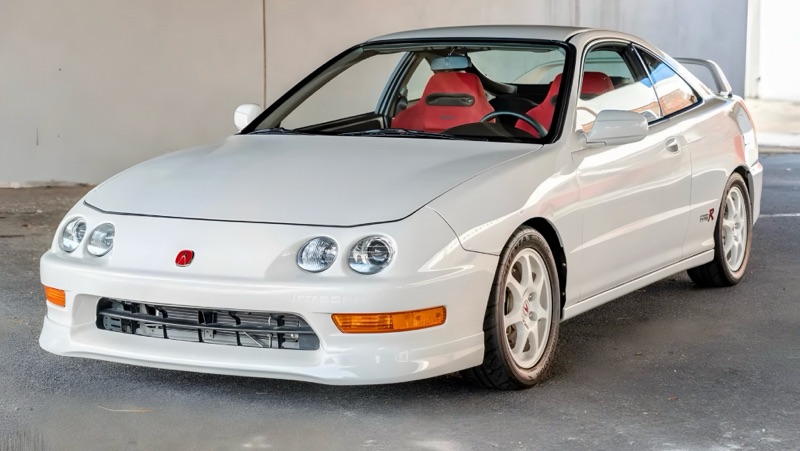
4. Cultural Relevance or Media Presence
Cars featured in films, video games, or motorsport history often gain cult status. Pop culture has a huge influence on a car’s desirability years later.
✅ Example: Toyota Supra Mk4 – Immortalized in The Fast and the Furious.
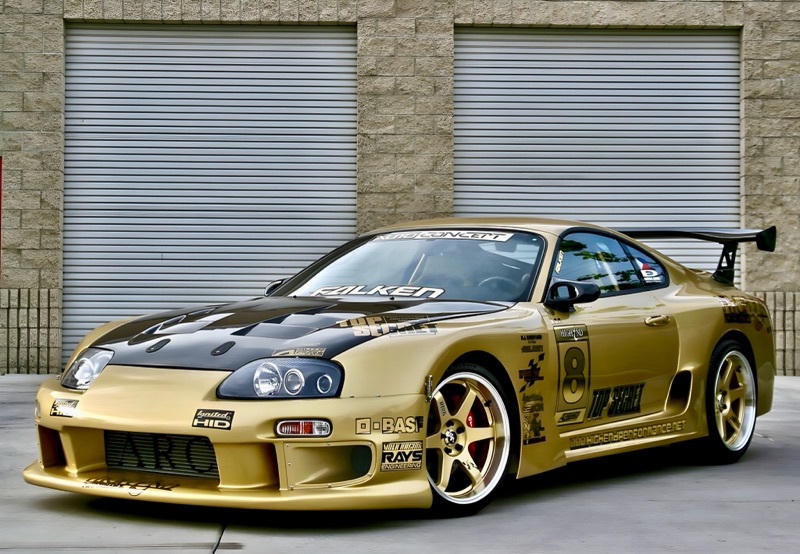
5. Desirable Specs: Manual, RWD, Turbocharged
As modern cars move toward electrification and automation, the analog driving experience becomes more rare and valuable. Manual transmission, rear-wheel-drive, and turbocharged engines are key enthusiast traits.
✅ Example: Mazda RX-8 – Rotary engine, manual option, unique driving feel.
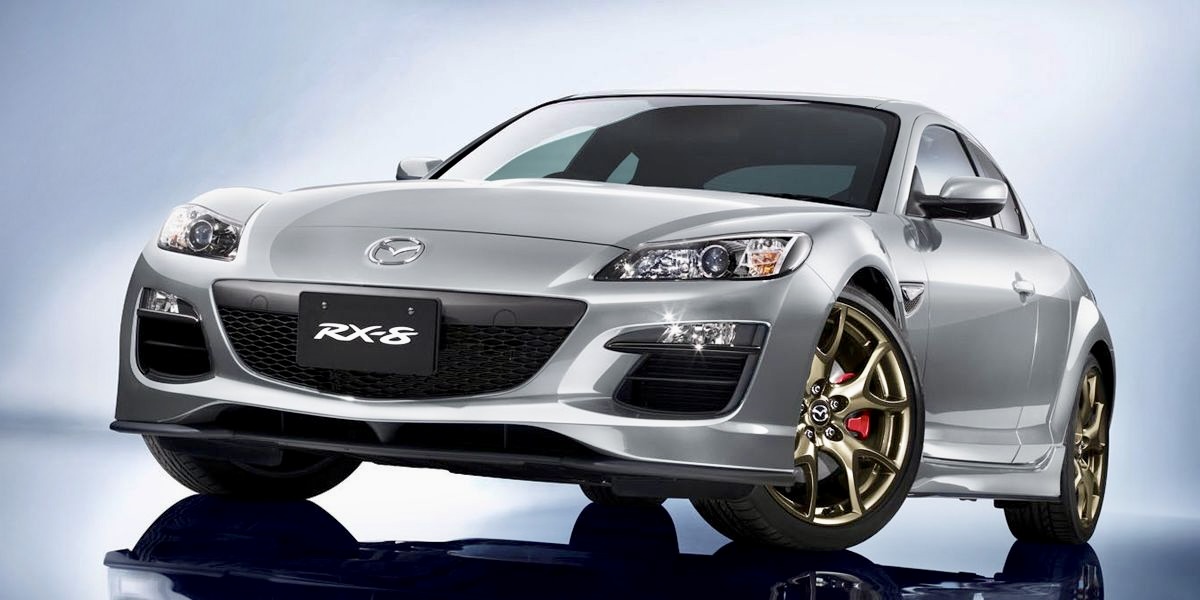
Red Flags: What to Avoid
- ❌ High-Volume Economy Cars
- Unless it’s a rare trim or edition, base model commuter cars generally don’t appreciate.
- ❌ Poor Aftermarket or Community Support
- Without a passionate fan base, even rare cars can fade into obscurity.
- ❌ Unreliable or Impossible-to-Service Vehicles
- A car that’s a nightmare to maintain won’t attract future collectors unless it’s extremely rare or significant.
Market Trends to Watch (2025 & Beyond)
According to industry data from Hagerty and Bring a Trailer:
- 1990s and early 2000s cars are the new frontier for collectors.
- JDM (Japanese Domestic Market) imports are in high demand due to the 25-year import rule in the U.S.
- Cars with analog performance, minimal driver aids, and unique driving experiences are gaining value fast.
10 Affordable Cars to Buy Now Before They Become Classics
| Model | Why It Might Become a Classic | Est. Price Range (2025) |
| Mazda Miata NA/NB | Lightweight, fun, massive community | $6,000–$15,000 |
| Subaru WRX (Bugeye 2002–03) | Rally heritage, first-gen U.S. model | $8,000–$18,000 |
| Lexus SC300/SC400 | Sleeper luxury coupe with Supra DNA | $7,000–$16,000 |
| BMW E46 330i ZHP | Near-M3 performance, manual fun | $10,000–$20,000 |
| Toyota MR2 SW20 | Mid-engine, turbo option, rare | $10,000–$22,000 |
| Chevrolet SS (2014–2017) | V8 sedan, manual, limited production | $28,000–$40,000 |
| Volvo 850R | Turbo wagon, cult Euro appeal | $6,000–$12,000 |
| Nissan 350Z | Affordable RWD coupe, growing fan base | $8,000–$16,000 |
| Honda S2000 | High-revving, manual-only, rising star | $22,000–$40,000 |
| Audi TT Mk1 | Iconic design, Quattro AWD, underrated | $5,000–$10,000 |
Expert Tips Before You Buy
✅ Research Ownership Costs
Parts availability, insurance, and specialty maintenance can affect total ownership cost—check forums, YouTube reviews, and maintenance guides.
✅ Get a Pre-Purchase Inspection (PPI)
Even if the car looks mint, a professional inspection can save you thousands in future headaches.
✅ Keep Documentation
Service records, original manuals, and even old photos increase future resale value. Buy from owners who kept good records.
✅ Store It Properly
A classic car needs a dry, temperature-stable garage. If you want your future classic to age well, storage is half the battle.
Final Thoughts: Play the Long Game
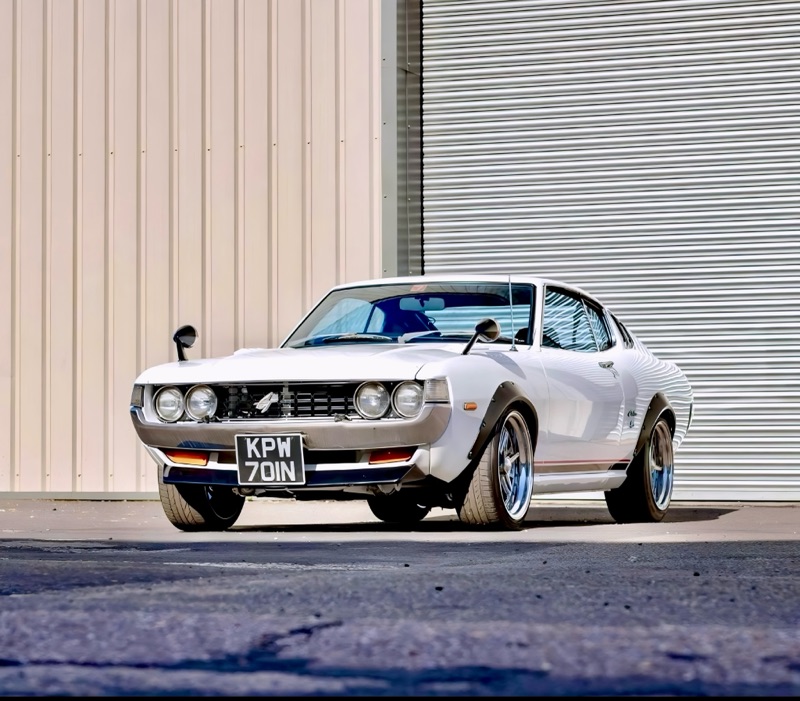
Spotting a future classic takes more than luck. It requires a mix of automotive knowledge, trend forecasting, and a bit of personal taste. The good news? Even if your pick doesn’t skyrocket in value, you still get to enjoy a unique piece of car culture.
So buy what you love, do your homework, and hold the line—the best classics always shine with time.
- Get link
- X
- Other Apps
Comments
Post a Comment